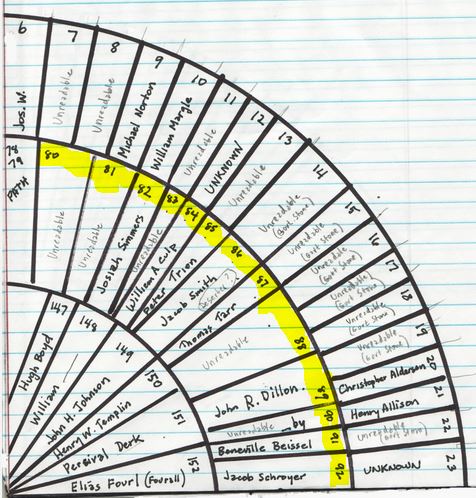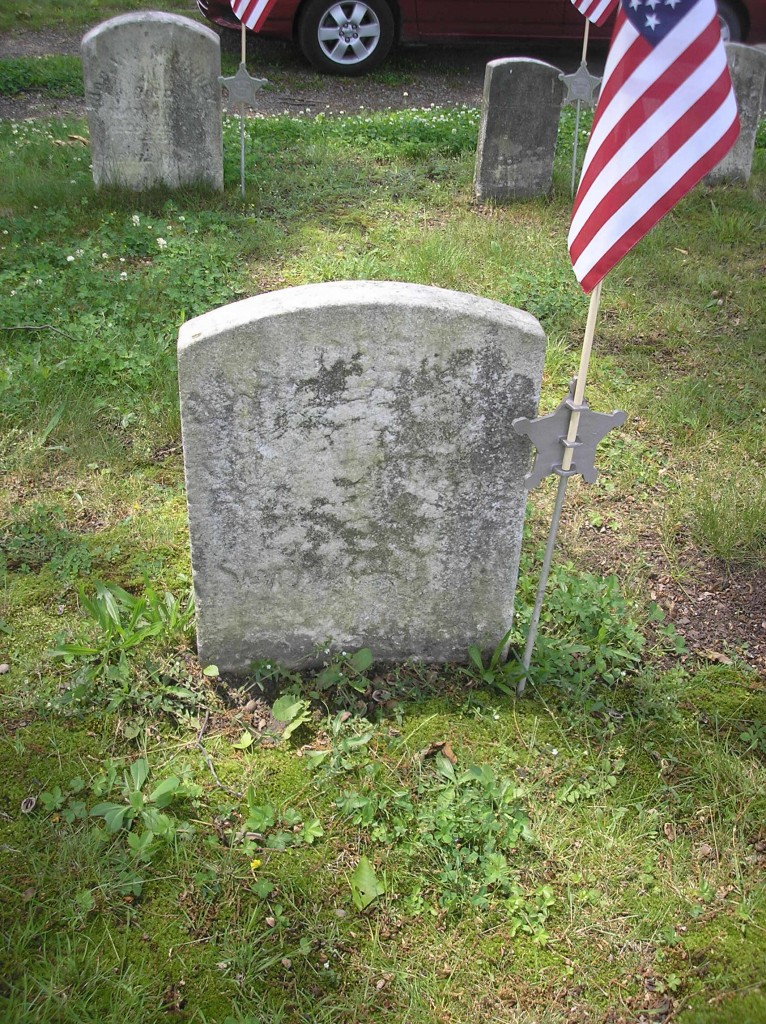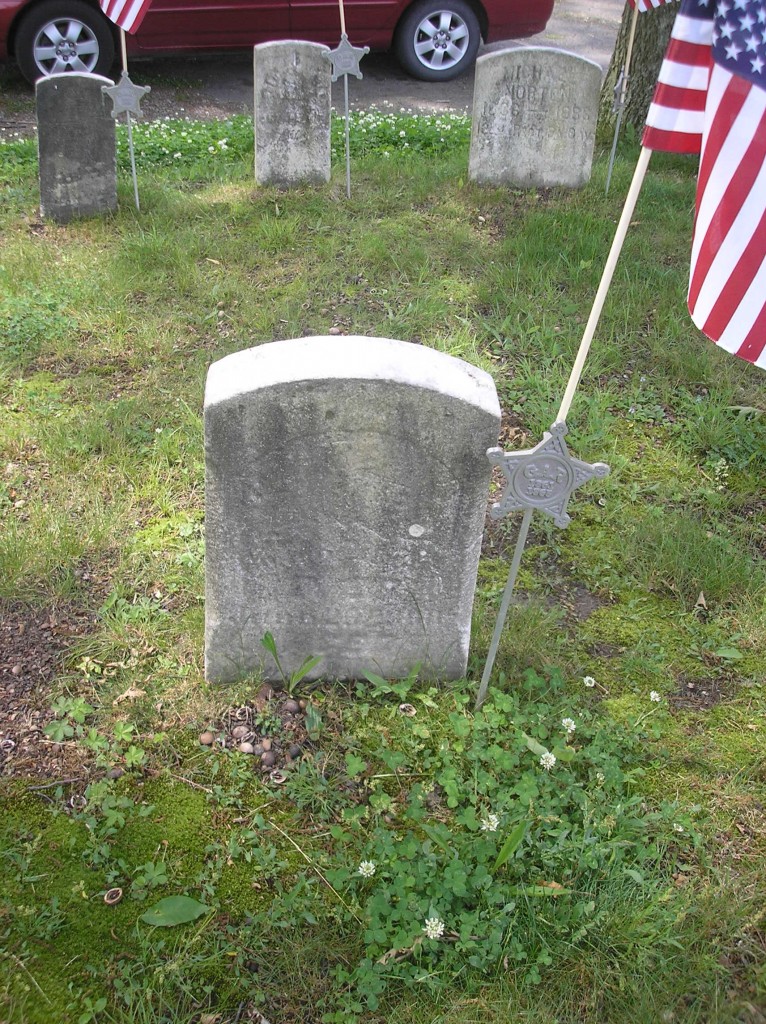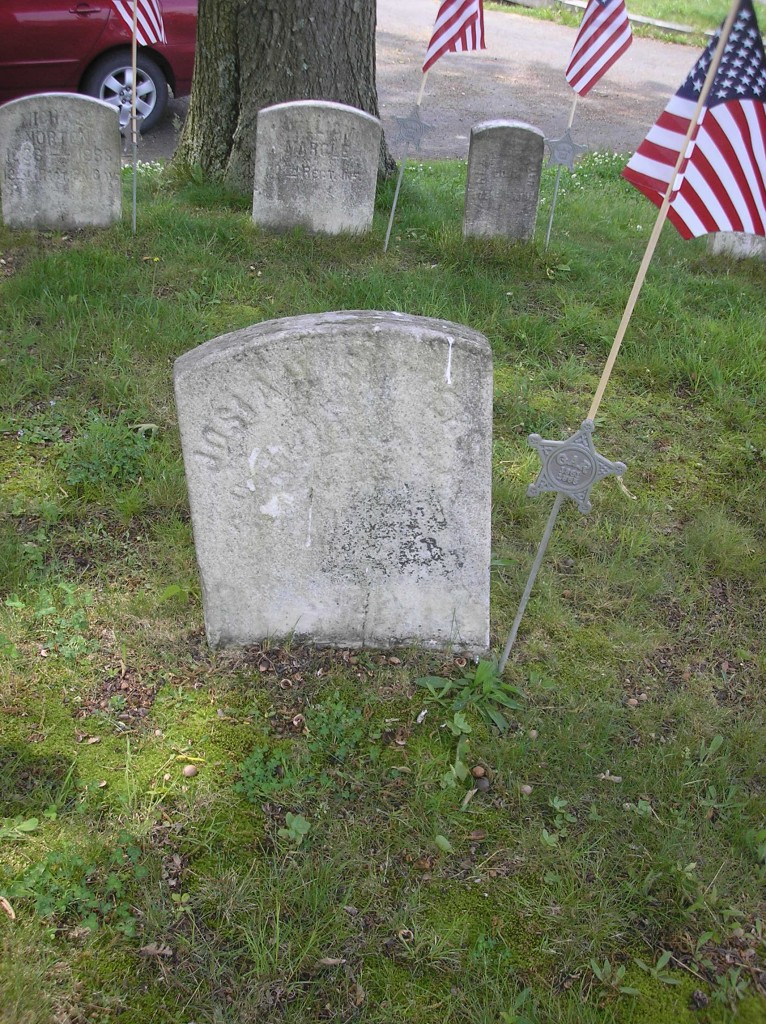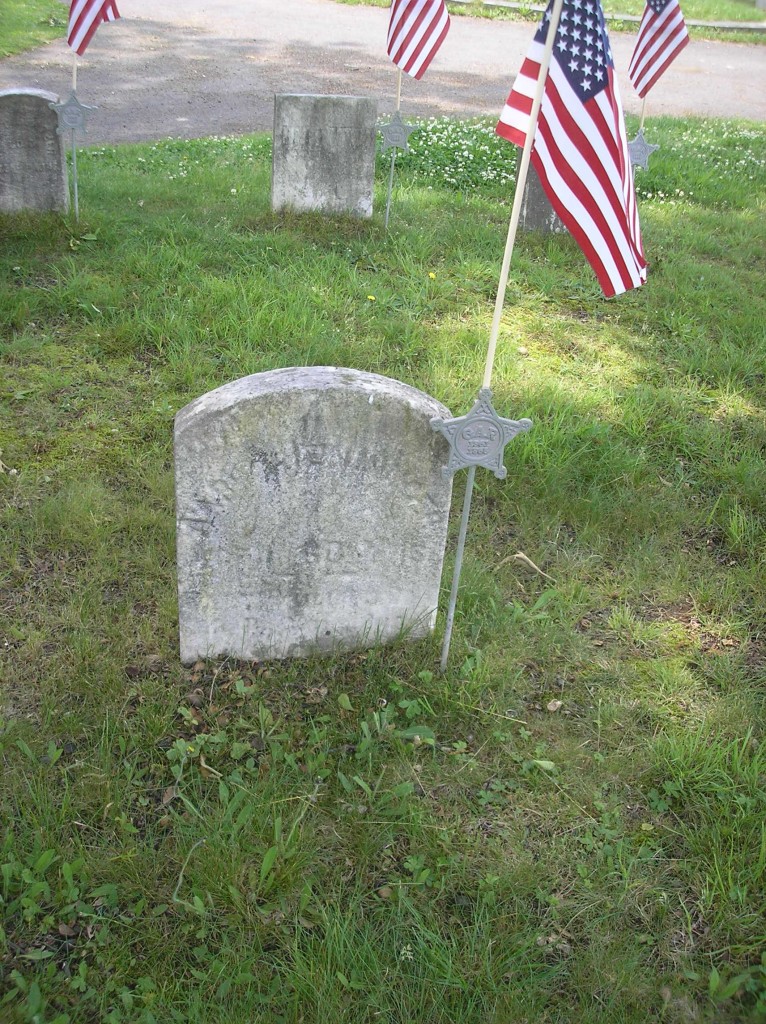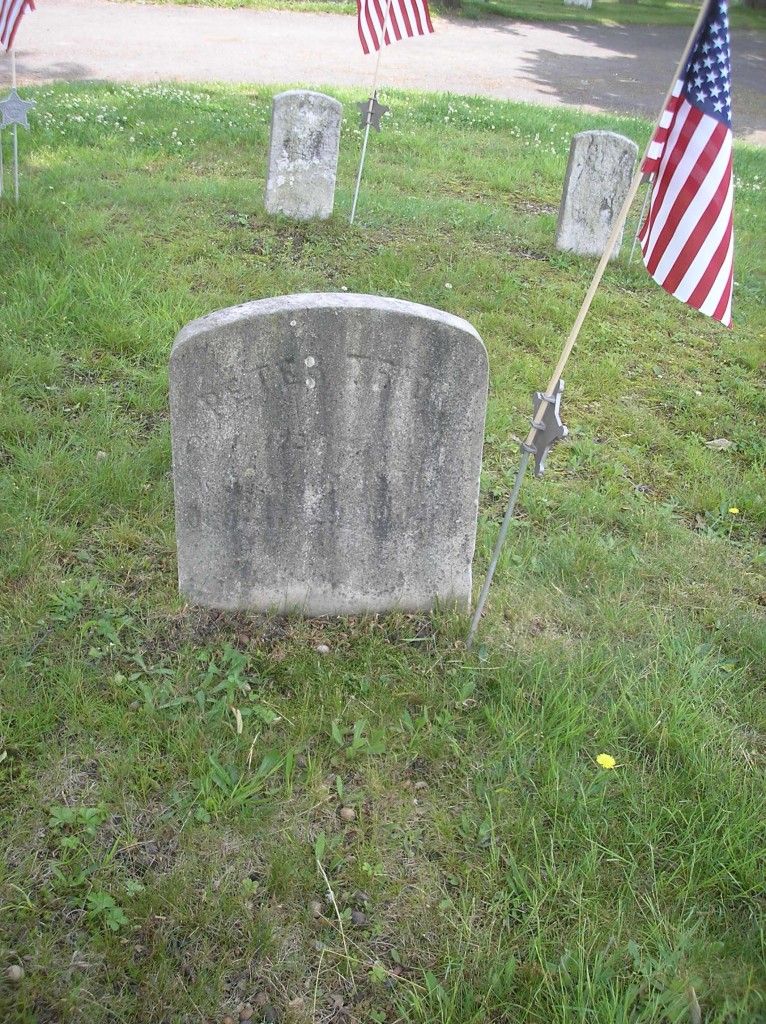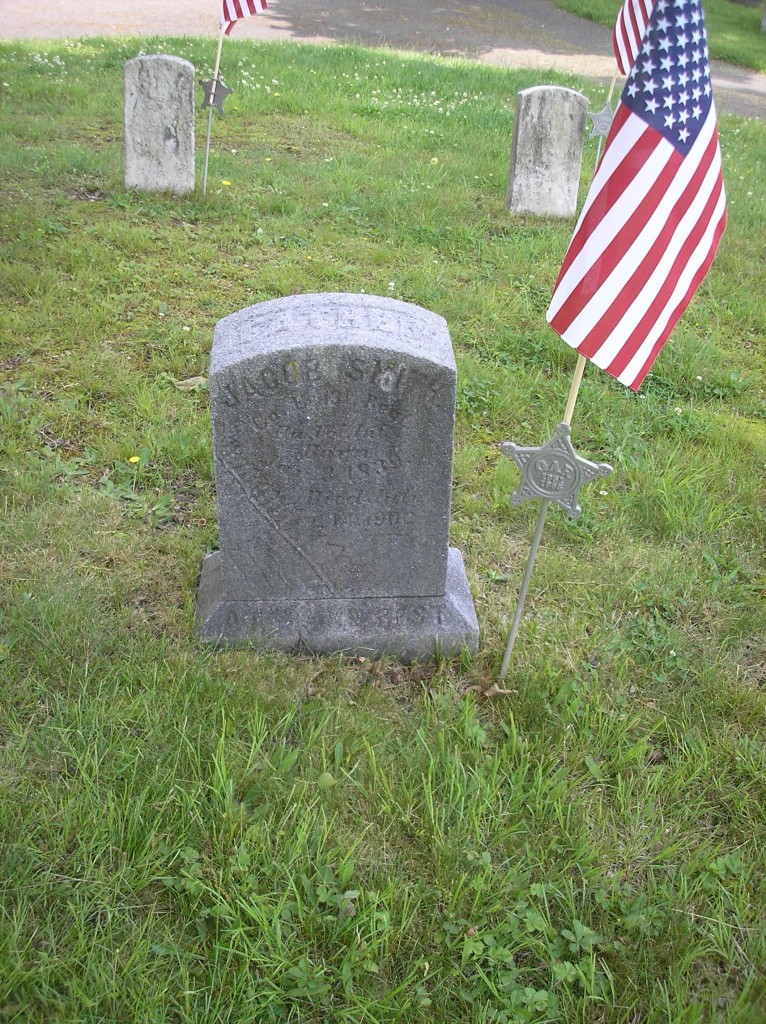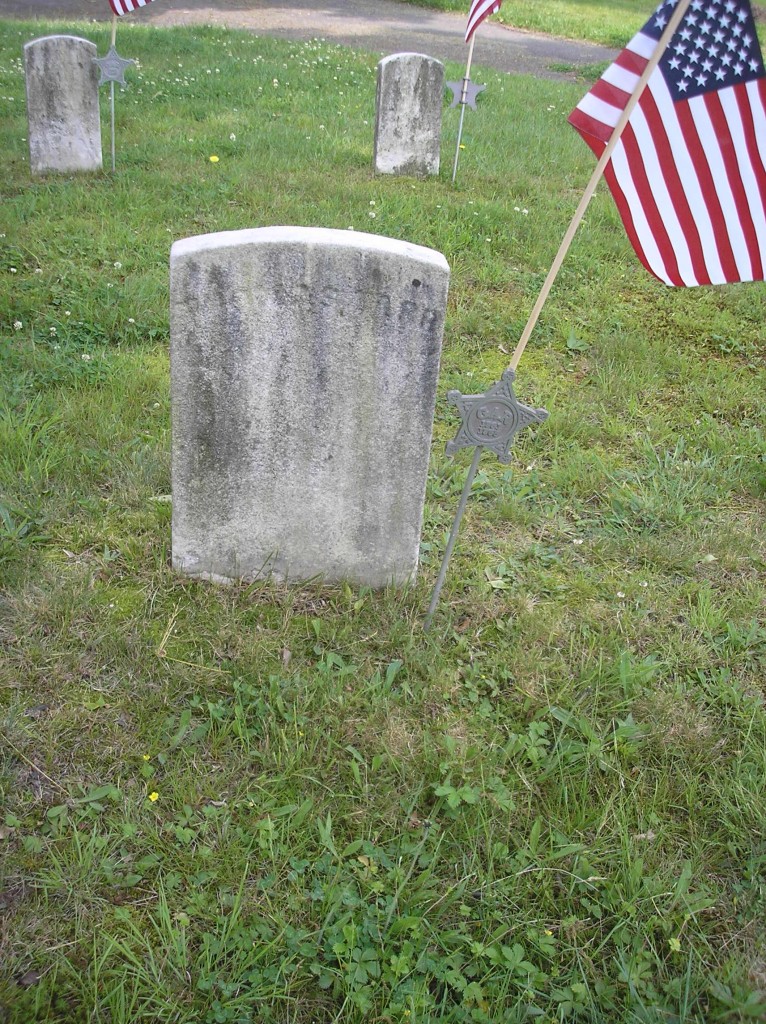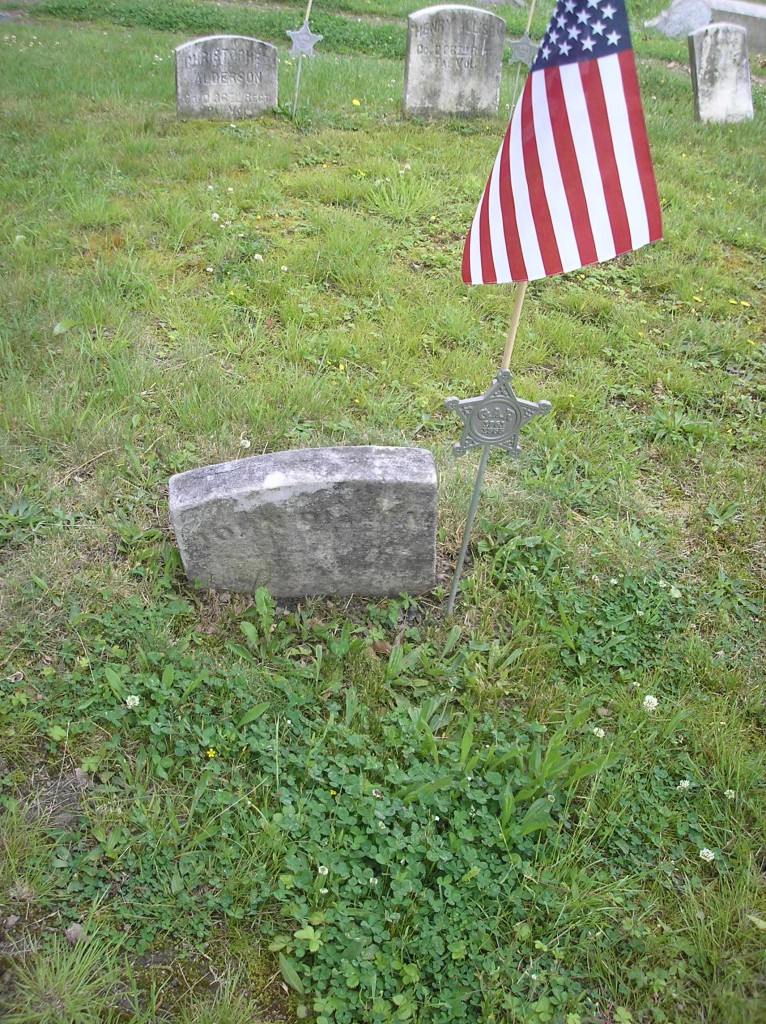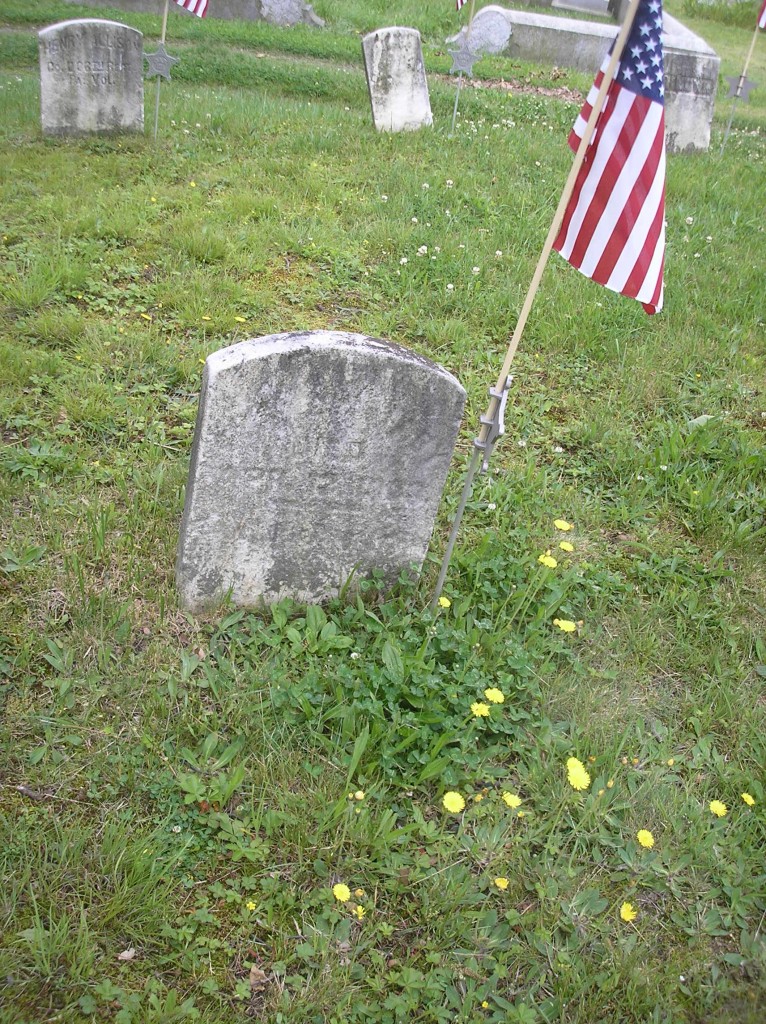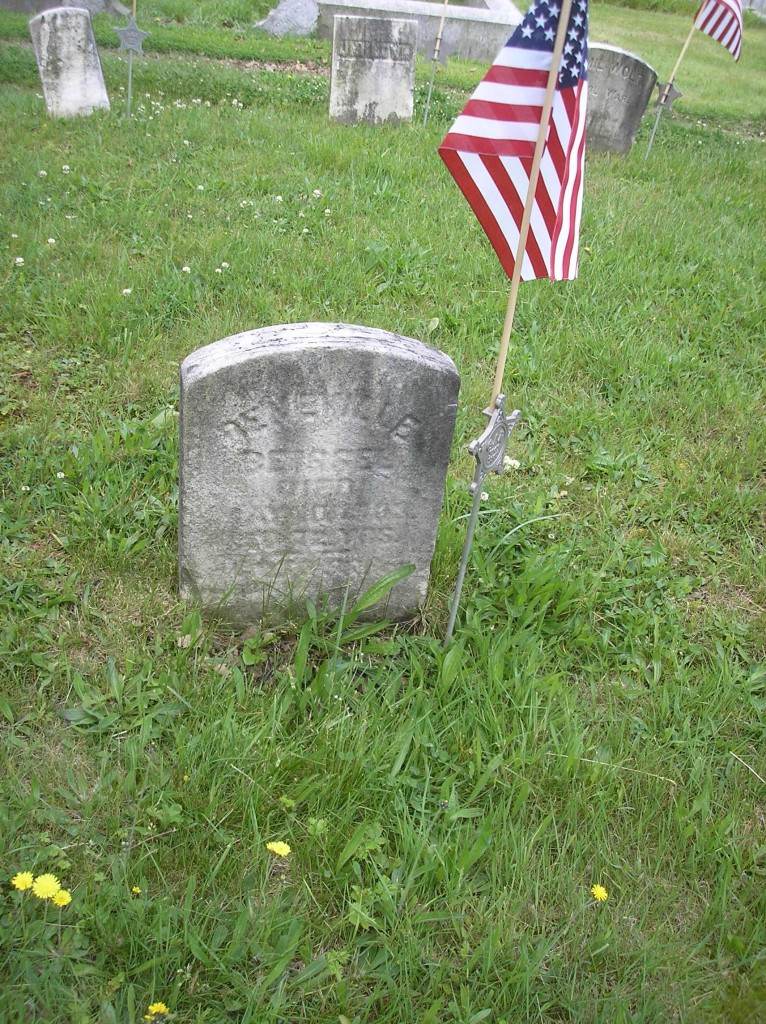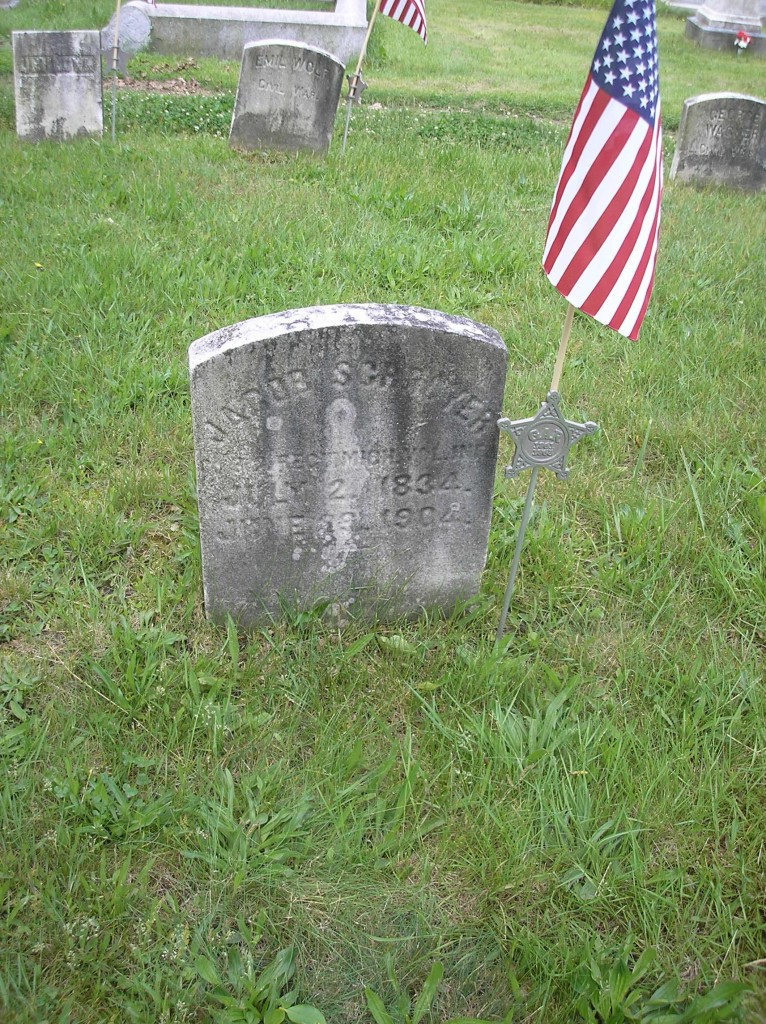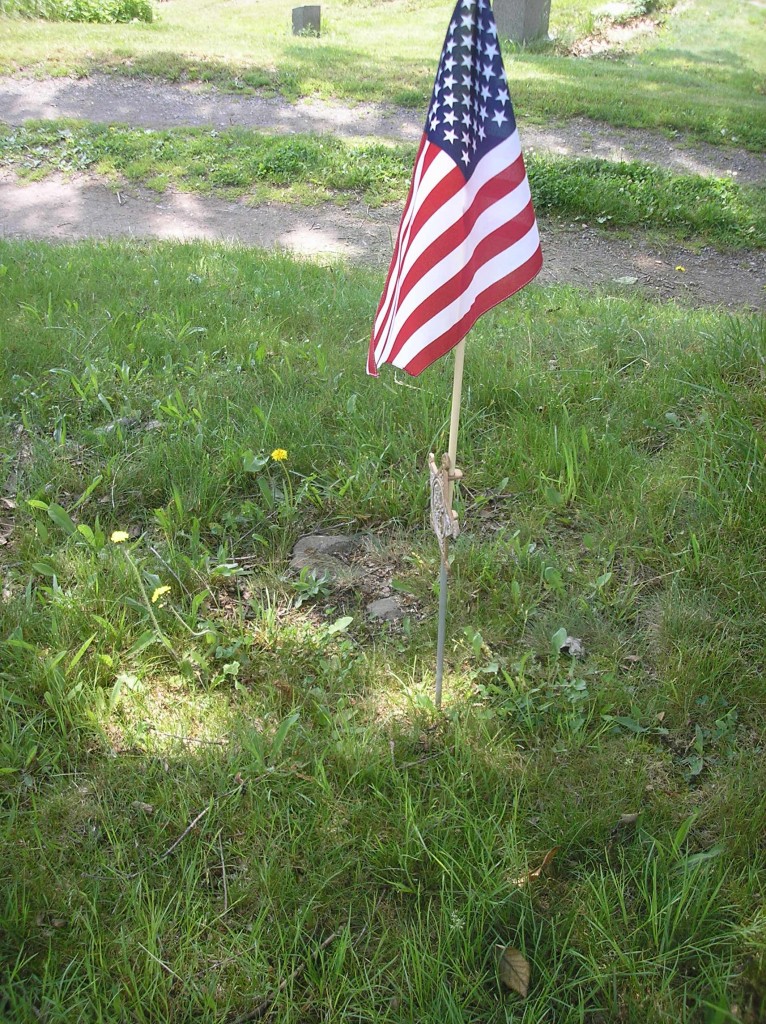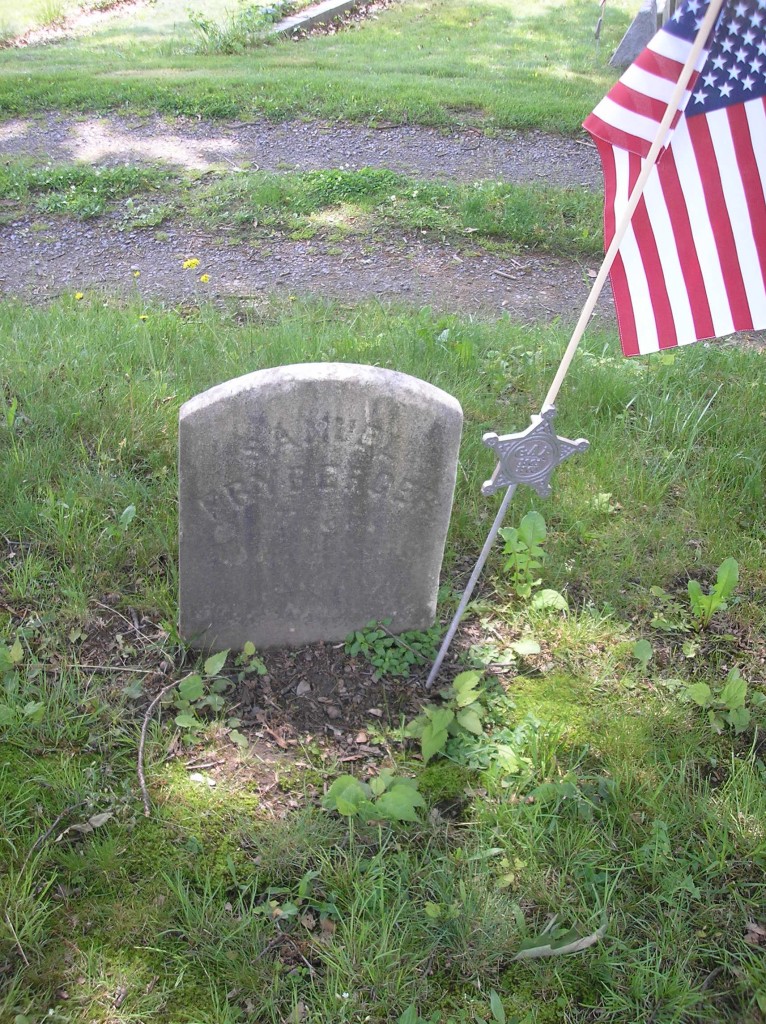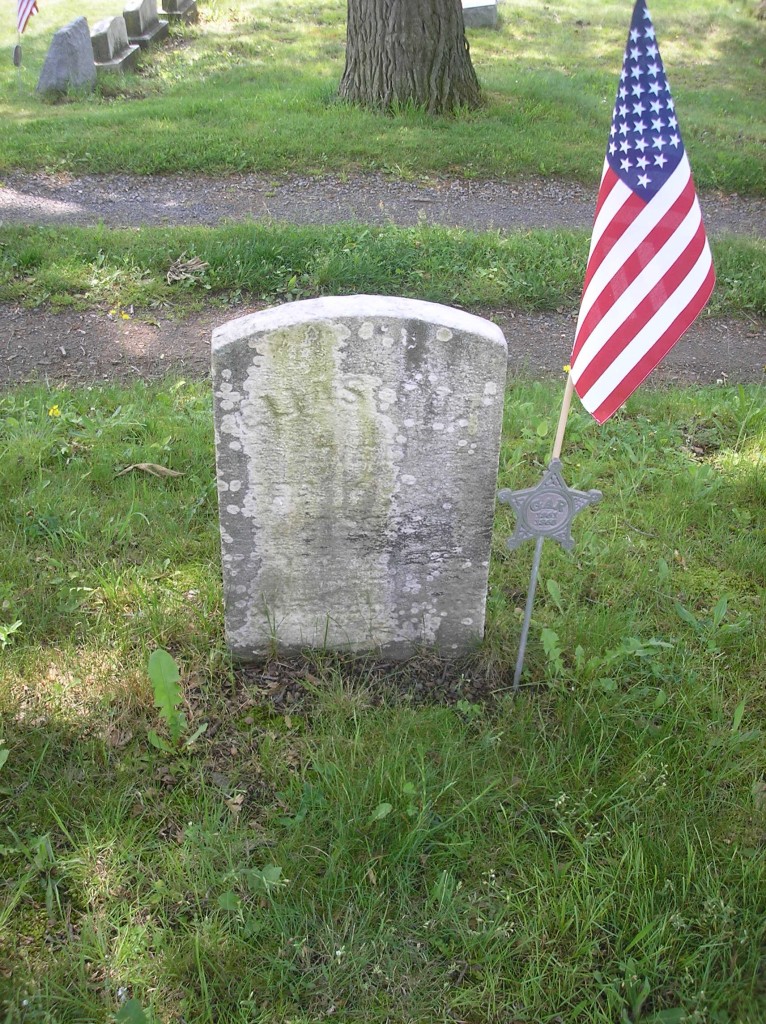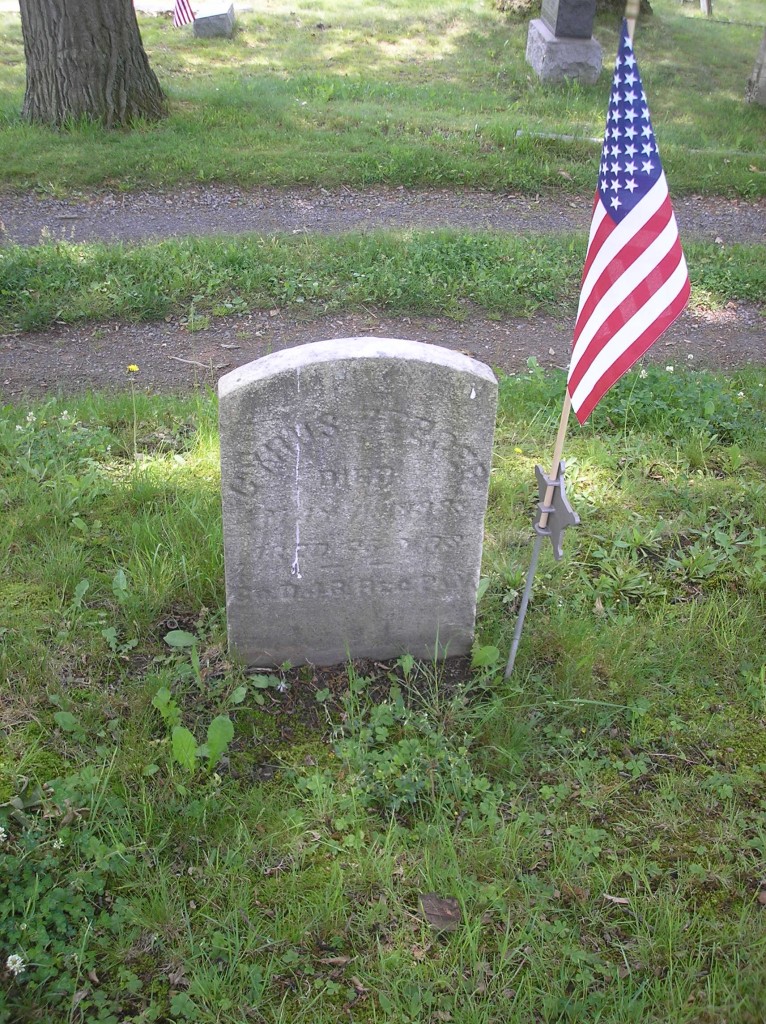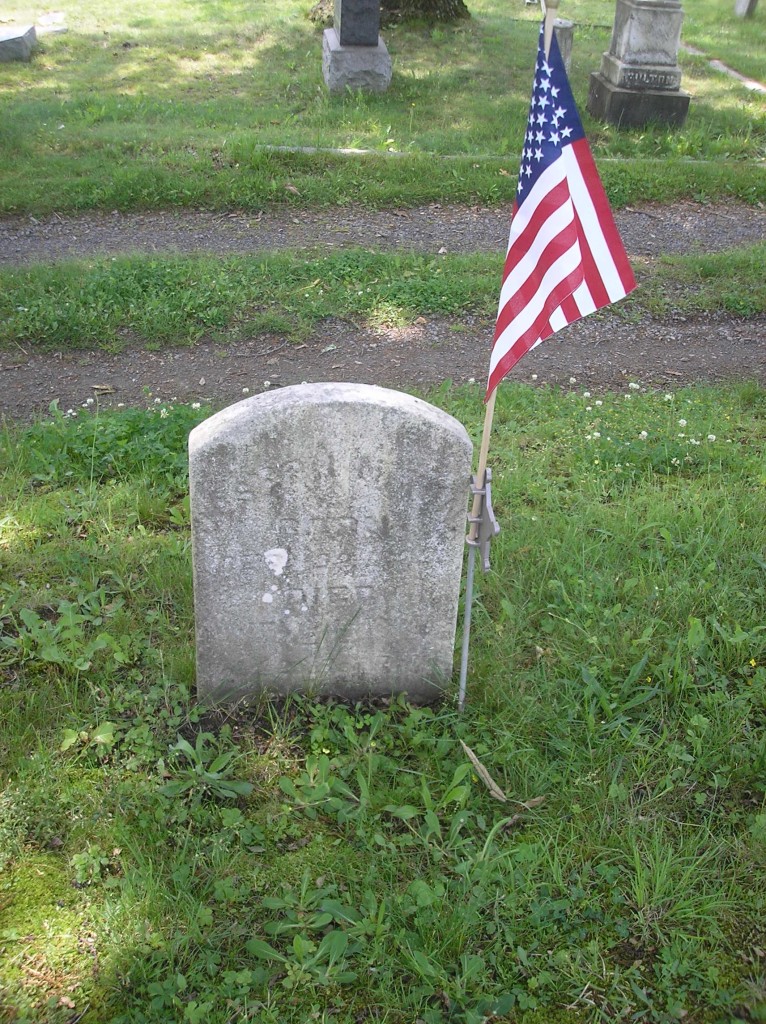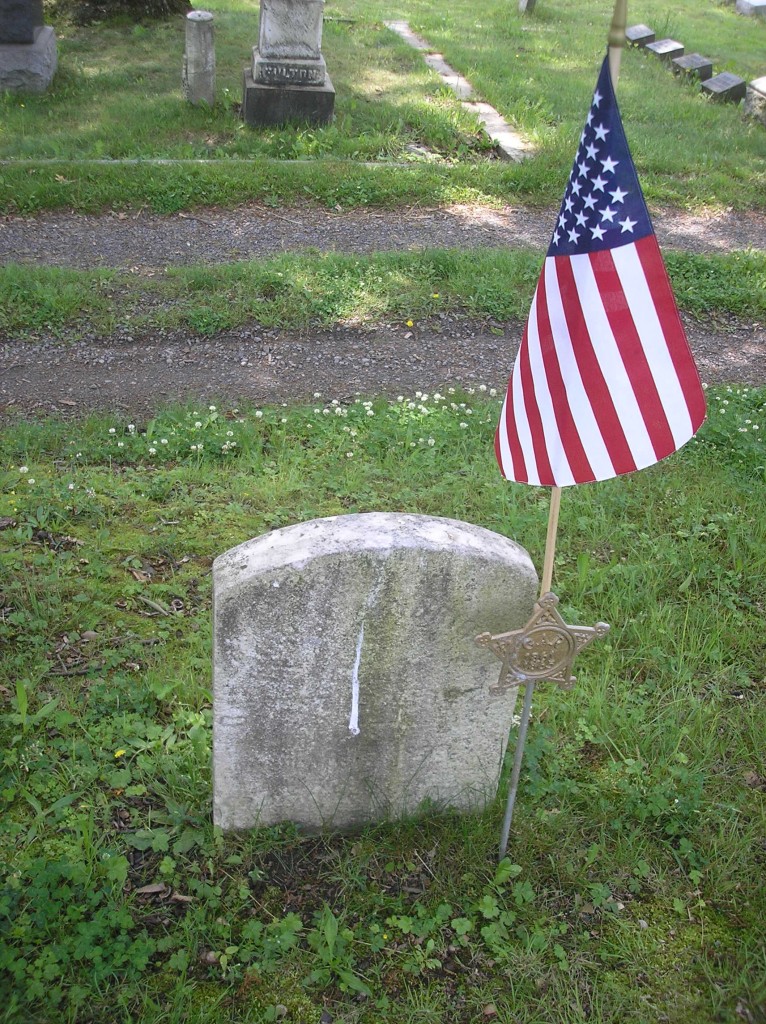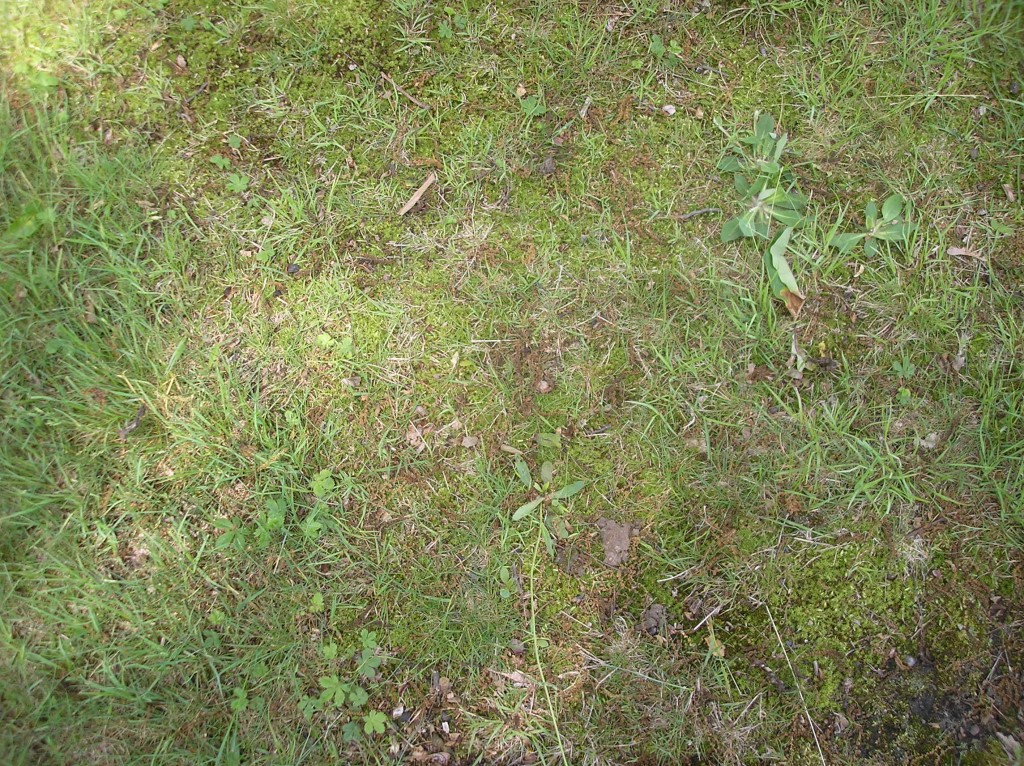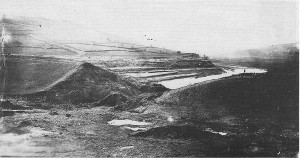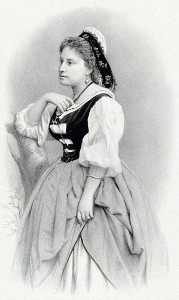The Shamokin Soldiers’ Circle – Photographs 80 – 92
Posted By Norman Gasbarro on April 8, 2014
Today’s post on the Shamokin Cemetery’s Soldiers’ Circle features thirteen graves in the second circle, first quadrant, beginning with photograph 80. The photographs in this segment are numbered 80 through 92. All of the stones in this section are sequenced in the order of the death of the veteran. For each of the veterans, the best determination of the name is given and where possible some information about the military record. Some errors may be noted where the information on the stone may not match other records. Each grave photograph may be enlarged by clicking on it, and in some cases, readers may be able to identify or clarify some of the unknown information. Comments can be added to this post or sent by e-mail to the Civil War Research Project. The collected information on soldiers buried in the circle (including some military records, pension files, photographs, etc.) is available free-of-charge to veterans organizations, historical societies, and other non-profit groups. Inquiries may be sent by e-mail or by regular mail, to the attention of Norman Gasbarro, P.O. Box 523, Gratz, PA 17030.
—————————–
#80 – Unreadable
An unreadable and heavily worn stone upon which only a few letters can be deciphered.
—————————-
#81 – Unreadable
Another unreadable and heavily worn stone upon which only a few letters can be deciphered.
—————————-
#82 – Josiah Simmers
Josiah Simmers was born in September 1842 and died on 15 November 1900. He served in the 173rd Pennsylvania Infantry, Company F, as a Private, from 8 November 1862, but was reported as deserted on 17 November 1862. As a result of the desertion, he was tried by a military commission and on the issuance of Special Order #151 at Philadelphia on 14 December 1863, he was assigned to serve for nine months in the 147th Pennsylvania Infantry, Company I, as a Private. His service began on 19 December 1863 and his honorable discharge was received on 19 September 1864. He applied for a pension on 19 July 1890. He is also found in the records as Josiah Simmons.
—————————-
#83 – Unreadable
This stone is difficult to read. Perhaps a reader knows who is buried here. Click on the picture to enlarge it to see if the name looks familiar. This veteran died after November 1900 but before 27 May 1901.
—————————-
#84 – William A. Culp
This government issue grave marker is relatively new in that the death date of 25 May 1901 is noted at the bottom; earlier issued stones were not in this format. It may be that a previous stone was damaged and the family requested a replacement. William A. Culp served in the 8th Pennsylvania Infantry, Company A, as a Private. He enrolled at Shamokin and was mustered into service at Harrisburg. At the time of his enrollment he was 24 years old, he resided in Shamokin, and was a laborer. His military service was from 22 April 1861 to 22 July 1861. There is possibly an interesting story here since two widow applied for his pension – one before his death year of 1901. There is also another William A. Culp who is buried elsewhere in the Shamokin Cemetery who was also a Civil War soldier and who died in 1903. The William A. Culp who is buried in the Soldiers’ Circle was born on 23 July 1834.
—————————-
#85 – Peter Trion
Peter Trion or Peter R. Treon was born in July 1841 or July 1842 in Rebuck, Northumberland County, Pennsylvania. He died on 28 June 1902 in Shamokin. During the Civil War he served in the 172nd Pennsylvania Infantry, Company K, as a Private. He was mustered in on 28 October 1862 and was mustered out with his compan on 1 August 1863. He applied for a pension on 9 January 1880. Peter also appears in the Trevorton Civil War list.
—————————-
#86 – Jacob Smith
Jacob Smith enrolled at Milton, Northumberland County, in the 131st Pennsylvania Infantry, Company E, as a Private and was mustered in on 14 August 1862. One record indicates that he deserted at Camp Curtin on15 August 1862 but another record indicates that he served his full enlistment and was mustered out with his company on 23 May 1863. At the time of enrollment, he said he was 22 years old and other records confirm this in that his birth date is given as 3 January 1839. This Jacob Smith was a resident of Shamokin in 1890. He died on 14 July 1902. Prior to his death he had applied for a pension on 28 August 1890 and after his death his widow, Emeline Smith, applied on 21 July 1902. There is another Jacob Smith in Coal Township, Northumberland County, in 1890, who served in the 103rd Pennsylvania Infantry and the two should not be confused.
—————————-
#87 – Thomas Tarr
Thomas Tarr, born about 1841 in Franklin County, Pennsylvania, is the only known African American buried in the Soldiers’ Circle. He served in the 45th United States Colored Troops, Company I, as a Private from 6 August 1864 through either the 15 August 1865 or 4 November 1865. He appied for a pension on 16 July 1890. He was married to Mary Entry (who could be Mary Enty– see Enty Family). Twenty-three pages of military records are available for him.
—————————-
#88 – Unreadable
—————————-
#89 – John R. Dillon
This stone is sunken in the ground but enough of the wording is visible to indicate that John R. Dillon is buried here. John R. Dillon was born about 1836 and died on 26 March 1903. During the Civil War he served in the 132nd Pennsylvania Infantry, Company H, as a Private. He enrolled at Catawissa, Pennsylvania, and was mustered into service at Harrisburg on 14 August 1862 and was mustered out with his company on 24 May 1863. At the time of his enrollment, he stated that he was 24 years old, that he resided in Catawissa, and was employed as a shoemaker. On 7 July 1884, John R. Dillon applied for an invalid pension and after his death, Amanda [Strausser] Dillon, his widow, applied for pension benefits.
—————————-
#90 – Unreadable
This stone is badly worn and unreadable although some of the lettering is visible. The veteran buried here probably died some time between the end of March 1903 and the middle of May 1903.
—————————-
#91 – Beneville Beissel
Beneville H. Beisel was living in Hegins, Schuylkill County, in 1890. His surname is variously spelled in the records as Bisell, Beisel, Beissel, Bisel. He was born 9 June 1831 and died 10 May 1903. His service in the Civil War included the 96th Pennsylvania Infantry, Company G, as a Private, and the 95th Pennsylvania Infantry, Company G, in which his company was assimilated on 18 October 1864. His service dates were 17 September 1862 through honorable discharge on 18 June 1865. A reported Civil War-related disability was that he was “ruptured” while in the service. Beneville applied for a invalid pension on 11 July 1883.
—————————-
#92 – Jacob Schroyer
Jacob Shroyer (also found in the records as Schroyer and Schrayer), was born 30 June 1834 and died 29 June 1904. There are several persons with this same name who served in the Civil War, but the one buried here served in the 2nd Michigan Infantry, Company B. He was mustered into service on 18 May 1861. It is unclear as to when his discharge occurred. Jacob Shroyer applied for a pension on 5 July 1890. His wife was Harriet [Rothermel] Shroyer.
—————————-
For all posts in this series, click on ShamokinSoldCircle.
 ;
;
